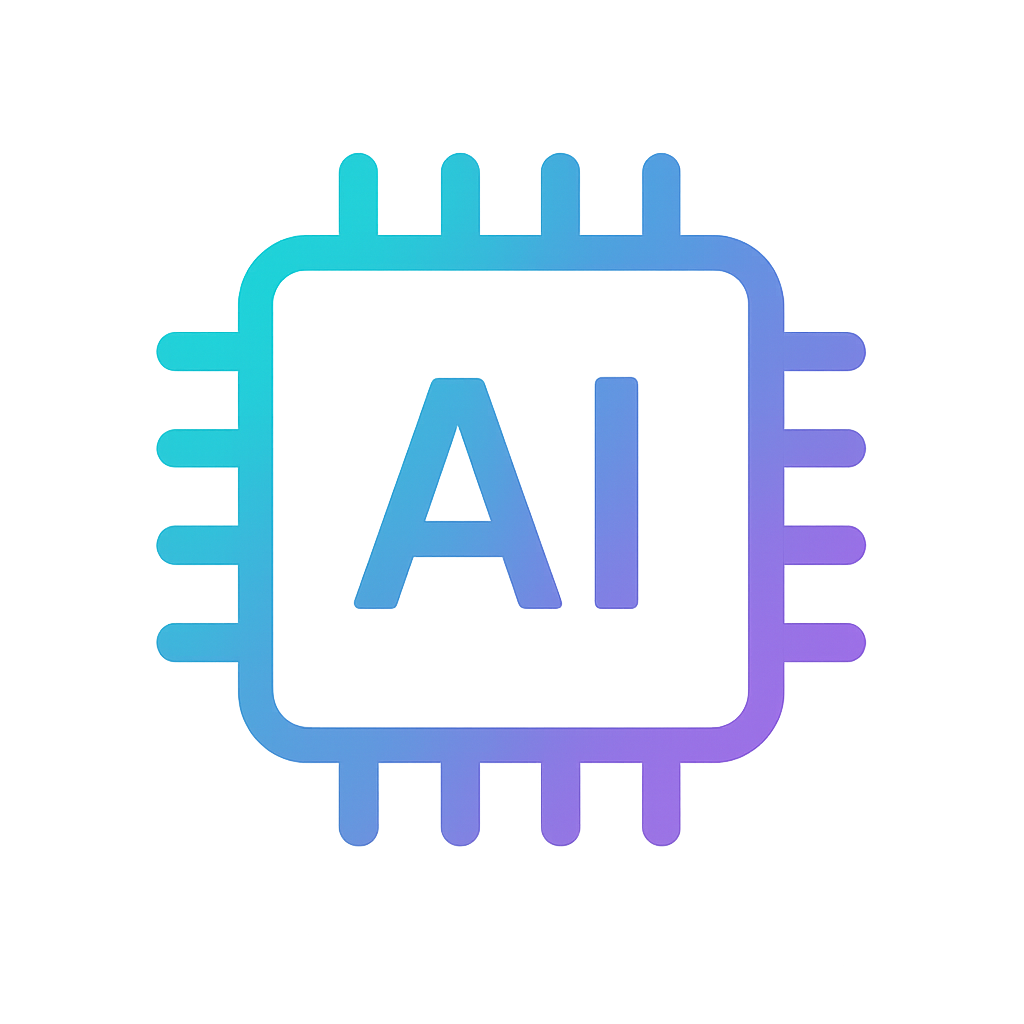Eva 3D models

Squid Game models • Eva

Giraffe skull • Eva • HD

Tripod • Eva • HD

Garuda and Vishnu • Eva • HD

Compound bow • Eva • HD

Motorcycle cylinder head HD • Eva • HD

Lobster HD • Eva • HD

Metal table HD • Eva • HD

Ornate wooden doors HD • Eva • HD

Industrial compressor HD • Eva • HD

Human skeleton HD • Eva • HD

Dual-clutch gearbox HD • Eva • HD

Hubcap HD • Eva • HD

Motorcycle wheel HD • Eva • HD

Doom combat scene • Combo

Alligator tail • Eva

The Kensington Runestone • Combo

Statue Dragonfly tamer • Eva

Motorbike • Combo

Classic side table • Eva

Wooden Box • Combo

Classic chair • Eva

Werewolf • Eva

Pumpkin • Combo
